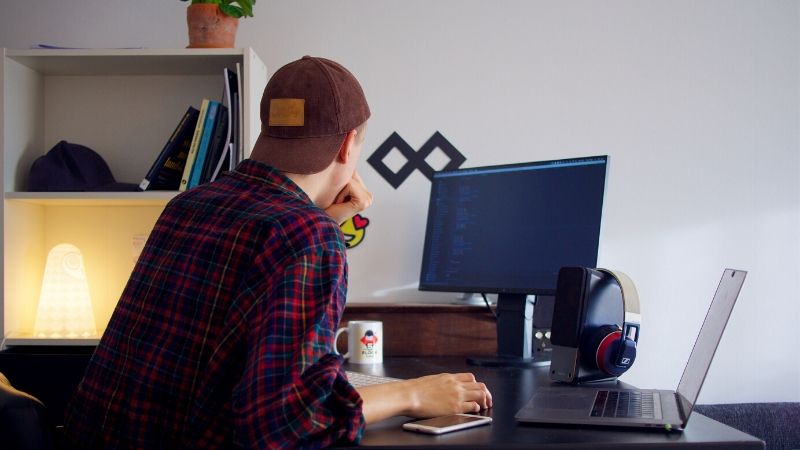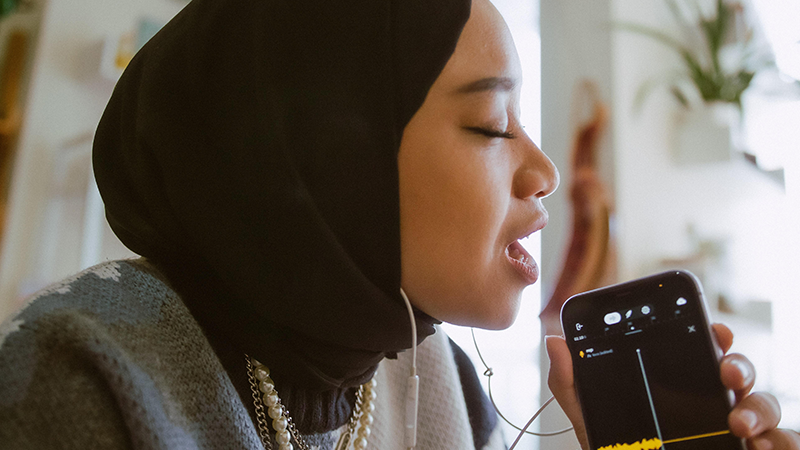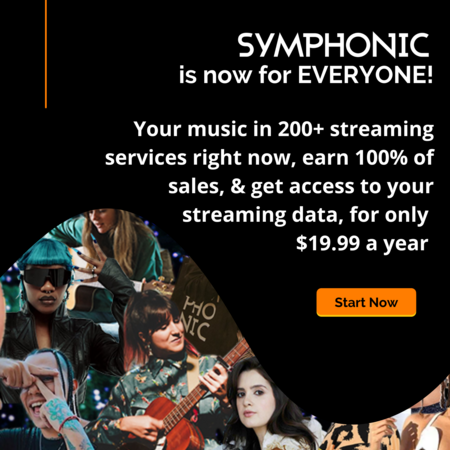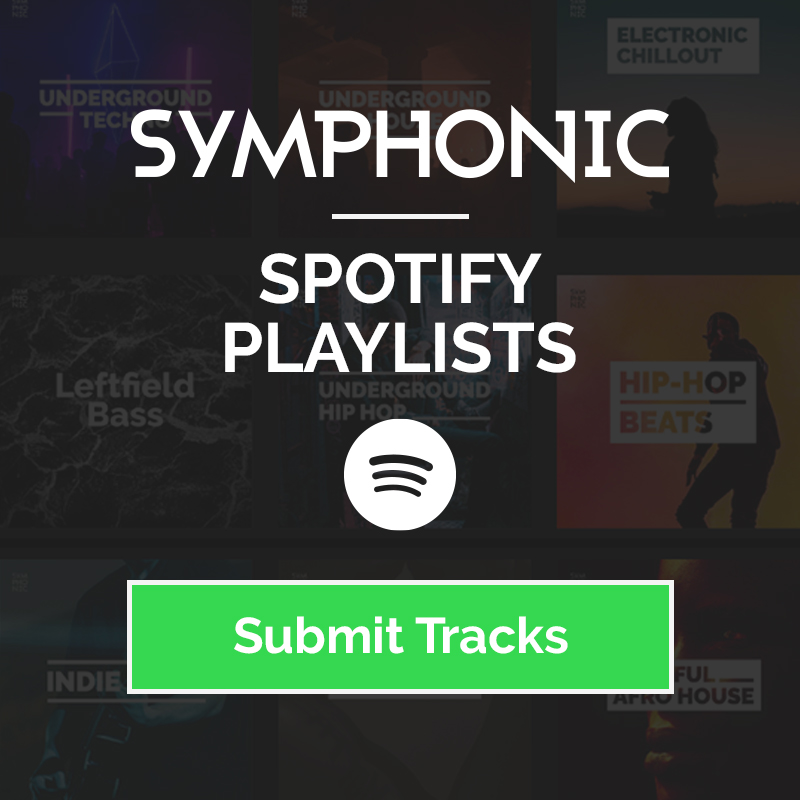
by Francesca | Oct 19, 2023 | Music Industry
Music supervisors are the gatekeepers of the music that gets into films and TV shows. Every day, they recieve a mass of pitches from optimistic musicians hoping to get their track featured on the big screen. To get noticed among a sea of hopefuls, you’ll need to sharpen your skills. To help you out, here are some tips and tricks to help you get noticed by music supervisors.
Do your Research
- Look for productions that fit your style of music, ideally for shows you watch and legitimately like. Keep those at the top of your list.
- With Tunefind.com, you can find out what music has been used in each episode of a particular show or movie.
- You can also type in the name of any artist you sound similar to and find out if and where their music may have been synced before.
Chances are if similar artists have found success on a certain show or film, you might too. It’s a good idea to consider the stature of the artists used and take that into account. If every song used in a show is by a big hit artist, chances are they’re not interested in anything less. If you see a bunch of indie artists, chances are the supervisor will be receptive to giving you a shot.
Film is a bit trickier. Sometimes there’s not any history to look at, and once the film is out, your chances of getting your music in are literally zero. Films are also a bit less likely to use unknown artists. However, if you’re a film buff and are interested in doing some research, you can find endless amounts of blogs about films in production. Deadline.com is a good place to start.
Know Your Target
The next step is to find out who the music supervisor is for the show or movie you want. To figure out which music supervisor is working on which production, you can go to IMDB.com and search for the production you are targeting.
- Scroll down until you find out who they are, then click on their name to check out their profile.
- You can also see what other productions they are working on as well.
- Once you find someone you want to send your music to, go read an interview, watch a panel on YouTube, or maybe follow them on social media and read up a bit on them before you engage.
Perfect Your Song Production Skills
Whether you’re pitching pre-existing songs or writing a new one from scratch, whatever you produce has to sound just as good as everything else that the music supervisor is going to hear. And that’s generally pretty damn good. If your music is not mixed or mastered properly, they will definitely consider something that is instead. So take the time and make sure that anything you send a music supervisor sounds as polished as possible. Nobody gets syncs on rough demos.
Especially for licensing purposes, the quality needs to be top notch.
Be Selective
Whatever you decide to send over, make sure it’s on point. Only send over music that fits the genre of the film or TV show you’re pitching to, and know something about who you’re sending it to. Music supervisors are busy. They don’t need their time wasted on a million random song submissions. Just be sure to do your research and be confident about what you’re sending before you send it.
Send Download Links
It’s important to send downloadable files so the music supervisor can share it with editors who will ultimately test it up to picture, but don’t attach mp3s to emails. Just don’t. It clutters up their inboxes, which are already overflowing with content. Instead, use a file sharing service like hightail.com, box.net, etc.
Send High-Quality MP3’s
All submissions should be MP3’s with the highest bitrate possible, generally 320kbps is standard. Don’t send full resolution WAV or AIFF files. If they need one down the road, they’ll request it.
Make sure your metadata is properly filled out
Distributing music without accurate metadata is like publishing a book with a blank cover. Metadata is the world’s way of knowing everything about your music that’s not on the recording.
For licensing purposes, the more information you give the better. You want to give whoever is making the decision to license your track all the information they need about your song. Be sure to include writer names, label info, the release year, lyrics and contact information for licensing. You can also include descriptive keywords in the comments section underneath your contact information, which will make it more visible in searches within their library. Just make sure they’re accurate.
Work With a Sync Rep
There are many companies out there that specialize in representing artists for sync licensing. They’re often highly selective since they only get paid whenever there’s a placement. But as a Symphonic Distribution client, you have the opportunity to apply for representation by our in-house sync licensing division, Bodega Sync. If accepted, they’ll help place your music by pitching to music supervisors and advertising agencies, negotiating licensing deals and completing all the paperwork to make sure you get paid properly.
Click Here to Apply for Sync Representation with Bodega Sync.
In Conclusion…
Getting noticed by a music supervisor lies solely within how you go about it. Just be professional and respectful. Music supervisors are very busy people. Doing everything you can to make their job as easy as possible goes a long way.

by Francesca | Oct 19, 2023 | Music Industry
I get it… Creativity comes and goes. If you’re stuck in a rut, collaborating with other musicians is a great way to get the creative juices flowing. In addition to boosting creativity, collaborating with others expands your network and helps to grow your reach to new audiences you may not have been able to reach alone. When it comes to collaborating successfully, there are a couple things you can do to make the experience as fruitful as possible. Here are some easy tips to help you out…
5 Tips For Collaborating With Other Musicians
Reach Out To Similar Artists
Although it can be cool to see collabs from people you’d never expect, those types of pairings can be difficult to cultivate. Not everyone is going to get along, personalities clash, and creative visions don’t always align. However, you can rectify this by reaching out to artists with similar taste as you do.
Consider reaching out to local artists in your area within your genre or hitting up other artists you may already follow on social media. The best relationships are built on genuine interaction, so just be yourself! Compliment their work and find some common ground. Collaborating creatively is so much easier when you actually enjoy the person’s company.
Send A Direct Message
Be respectful of other artists’s time and skills by reaching out to them as directly as you can. Commenting on someones Instagram post is impersonal and often overlooked. Either send a DM, email their team, or anything that can be delivered directly rather than a simple like or comment. Making it personal goes a long way.
Be Prepared Yet Open
Now, you don’t want to show up completely unprepared. You should have an idea of what kind of song you want to create with your new collab buddy. However, you have to be open to constructive criticism. Open communication is the key to masterful collaboration.
Sorry to break it to you, but just because you’re super attached to an idea doesn’t mean it’s good. (Don’t kill the messenger.) If you can’t take criticism, you’re holding yourself back from an even better idea down the line. Remember, two heads are better than one. The whole point is to work together!
Have a “Yes, and” Mentality
The improv pros got it right. The “Yes, and” mentality is an amazing way to keep the ideas coming. Keep in mind, your first idea most likely isn’t the best one. Coming from the professional writing standpoint myself, the first draft is always shit. It’s going to take work to get to a final product you’re both proud of. Even if you don’t like one of their ideas, try and roll with it. If you don’t like it after you try it out, cross it off the list and keep it moving.
Remix An Original Song
If you’re an EDM junkie like me, you already know how exciting it is to see a remix with two of your favorite artists on a track you already know and love. Most artists love to hear that you liked their track enough to want to remix it yourself. Of course, always get permission from the OG artist before you start anything. But once you get the green light, you’re ready to dive in.
There are even tons of innovative online tools to help you work with your peers on your next banger without ever having to meet in person. Whether you need a vocalist, producer, guitarist or sound engineer, these platforms can connect you with creatives from all over the world.
In Conclusion…
When it comes to joint songwriting, it’s important to decipher who will get credit for what before the song ever comes out. Even artists with the best relationships have experienced drama when it comes to splitting the profits at the end of the day. Luckily, you can avoid these issues by adhering to a couple best practices along the way.
In the meantime, we hope these tips help improve your collaboration skills! We’re excited to see all the great music you create.
Good luck!

by Francesca | Oct 19, 2023 | Music Industry, Trends
Every week, something new is trending on TikTok. Hell, it seems like something new has taken the platform by storm almost every day. Hopping on the latest trends is a great way to get seen by more people and blow up the engagement on your present and past posts. Whether you’re on the hunt for audio, effect or hashtag trends, there are tons of ways to find what’s popping off on TikTok.
How To Find What’s Trending on TikTok
Search Bar
Did you know you can find trending sounds, videos, hashtags, sponsored content and more right in the Search bar on TikTok? To search users, videos, sounds, LIVEs and hashtags, try this:
- Tap the search icon in the top right of your screen.
- Enter what you’re looking for in the search bar and tap Search. Be as specific as possible. For example, you can type the name of the content or the username of a creator.
- The most relevant results will show in the Top tab.
- Explore the other search tabs—Users, Videos, Sounds, LIVE, and Hashtags—for related content.
Note: The hashtag page displays the videos that started the trend first, and then other popular videos relevant to the trending hashtag.
TikTok Creative Center
In the TikTok Creative Center, you can find trending hashtags and filter by date rage and the industry you’re in. In here, you can also see trending songs, creators, videos and more. You can even filter by performance metrics like engagement, popularity, region and followers, and if you toggle to the TikTok videos tab, you can filter even further by what’s hot, the amount of likes, comments and shares.
Spotify Playlists
On Spotify, you can actually type in “TikTok” into the search bar to find tons of user curated playlists full of trending sounds. TikTok even has their own official playlist with the latest hits, sorted by region.
For You Page
The For You page is a great tool for staying on top of what’s popular on the app. Even better, you can take note of things you see here while you’re casually scrolling as you usually would. While you’re there, keep an eye on what videos, sounds, hashtags, etc. repeatedly come up and get inspired.
Billboard Hot 100 Chart
This one is super slept on, but the Billboard Hot 100 Chart is a great place to find the most popular songs people are loving right now to use in your TikTok’s. With 100 options, you’ve got plenty to choose from.
Later Blog
Later is a social media marketing platform that has a blog that features tons of great resources for online marketing, social media and more. On here, they have a fantastic article called, “The Top TikTok Trends to Try This Week” that gets updated with, you guessed it, new trends every week. It even gives you links to each sound and how to use it. Such an amazing resource if you really want to stay as up to date as possible.
In Conclusion…
Participating in TikTok challenges and trends is fun and all, but creating your own challenges can also get you major exposure if it takes off. User-generated content is king, so keep that in mind as you move through the platform. Anything you can do to incentivize engagement with your content can boost your reach in no time, trends included.
Good luck!

by Francesca | Oct 19, 2023 | Music Industry, Playlists
In this DSP era, getting discovered in such an insanely crowded space is the main focus for artists looking to make it big. Platforms like Spotify and Apple Music offer MILLIONS of tracks. How is it possible to get recognized as an independent musician trying to break through the noise? Well, playlisting can definitely help.
6 Marketing Strategies To Land On Playlists
Spotify users spend half their time listening to playlists that they create themselves, that are algorithmically generated, or are curated by tastemakers. That being said, getting yourself featured on a playlist with a huge following can facilitate a whole new level of growth for you and your featured track.
Getting on some of these curated playlists can tricky, but there are many things you can do to strengthen your chances.
1. Prioritize Social Media
Your audience engagement across social media platforms like Facebook, Twitter, and Instagram are very important to DSP editorial teams and third-party curators. Your social media engagement is a reflection of your fandom both online and off. But remember, social traction is relative.
Getting 200 likes on a post normally isn’t that big of a deal, but for someone with only 400 followers, that’s noteworthy for sure.
2. Reach Out To Blogs and Publications
Reviews, interviews, and blog/publication write ups that back your sound can help, not only raise awareness of your existence, but also vouch for how great you and your music are. (Especially when most articles include a link to whatever you’re promoting right now.) This type of press will help you direct traffic to both your streaming and social media profiles, and if people like what they hear, you’ll be sure to gain some adds on their personal playlists too. It’s a win-win.
However, definitely make sure your music relates to whoever you are reaching out to. Do your research. Writers all have different tastes, and not every song is suitable for every blog or publication. Be respectful with your outreach to avoid wasting both your time and theirs.
3. Get The Most Out Of Your Streaming Profiles
To catch the attention of playlist curators, the key is to be consistently active on your streaming profiles to show you’re committed to your craft and ready to collaborate. Make sure your streaming profiles are up to date with the most current info about new songs, upcoming shows, etc.
If you haven’t already, there are four main things that you should take care of first:
- Get verified. // Being verified on your socials is an extremely important part of establishing your artist presence on streaming services like Spotify and Apple Music.
- Get more followers. // Growing your followers on social media is important, but so is growing your followers on your streaming profiles. Ask the followers you have on your socials to follow your artist profile on Spotify/Apple Music. These streaming services put a lot of focus on follower counts since it’s a direct way to gain new listeners to their service.
- Spread the love. // Show your support for these platforms by making sure your website/socials all point back to your content on these DSP’s.
- Make your own playlists. // To help showcase your music taste, create a few playlists of your own! This shows the DSP’s that you’re committed to curating content on their platforms, provides your fans with shareable content, and introduces your music to new listeners via genre-based playlists.
4. Help Algorithmic Playlists Find You
Algorithmic playlists are auto-generated based on things like listening history, trends, and most-shared music. Spotify’s algorithm is also taking note every time people save your music to their queue, library, or their own playlist and takes into consideration the number of followers you have. All these factors can help you land a spot on one of these playlists.
5. Help user-curated playlists find you
If you didn’t know, there are tastemakers who aren’t among a DSP’s in-house playlisting team who create curated playlists. These are the people out there making playlists independently, who have a lot of followers, and who the DSP’s trust as a respectable source for new music.
The first thing you should do is reach out to them via following them on Spotify. Then, you can go ahead and share your track with them. Include a note asking them to consider adding your song to one of their playlists. Whether or not they decide to add your track is largely influenced by your social presence. If you’ve got a lot of followers, this could be the thing that convinces them to give you a shot and close the deal.
6. Have a good ass pitch
When you’re going about pitching your track to be included on a playlist, make sure you include any and all relevant information you’ve got, like specific details about the song/genre, your vision going forward, and the story behind the song itself. You want to include anything that’ll catch the curator’s attention and help you stand out among the crowd.
This is also where you get to throw in all those important marketing drivers. DSP’s take everything into account. They look at past streaming numbers, off-platform promotional plans, social stats, etc. Be as thorough as you can when explaining your overall campaign around the release.
Additionally, you want to make it easy for these curators to decipher where your track will fit in among their playlists. To do this, you need to describe your sound as accurately and specifically as possible. Come up with some tags that describe the mood and genre your song fits within. All of this will help them place you on a playlist that’s perfect for you and perfect for the playlist.
The most universal way to catch the interest of an influential curator is to simply have great music.
If your listeners are loving your song and you’re getting a lot of organic traction before it’s even been playlisted yet, you’re already on the right track. If your listeners see how great it is, whoever you pitch the track to will see it too. All in all, DSP’s want to see the story behind your tracks. Each song on their playlists tells a larger narrative, and your marketing efforts on social media, blogs, publications, etc. are what’ll illustrate your story to curators.
In Conclusion…
Ultimately, there’s no perfect method or process to get you on these coveted playlists, but with a little luck and a great strategy, all your hard work will pay off. If you have your release ready and, want to submit Marketing Drivers for us to pitch it, this is how…






